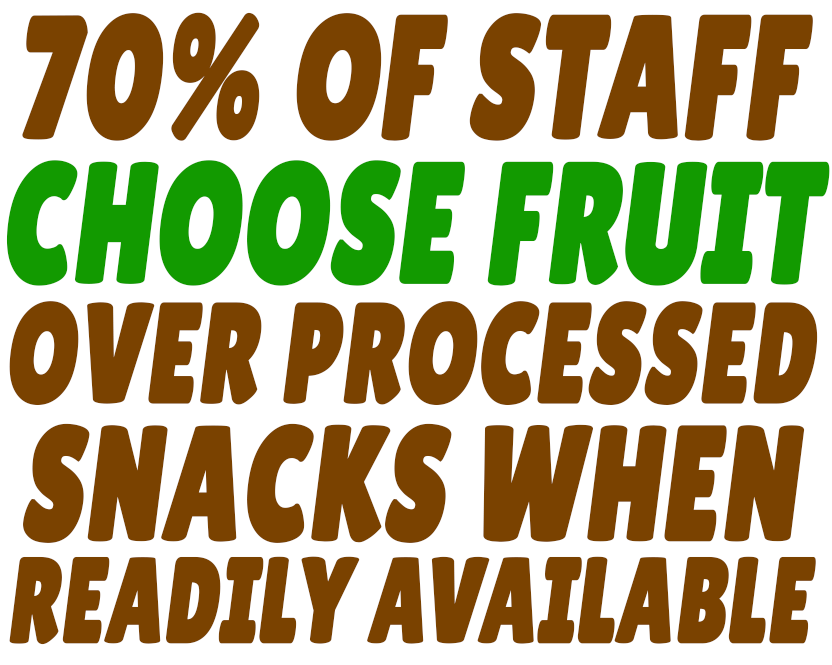With over 50 million registered DVLA driving licences in the UK, it might be surprising to some that Reuters reported that registrations for new cars fell by around 9% in July 2022. The lack of new cars on the roads has been attributed to supply shortages due to COVID-19 and global events.
This could be a huge contributing factor to why the car rental market is forecast for growth during the 2023 to 2027 period. Car rental is a cost-effective solution to buying, but outside of the booking prices of the vehicle you’re after, there’s still a lot of budgeting to consider.
In this article, we’ll look at the budgeting you need to plan before tackling the open road. Hiring a car to use on a need’s basis could be a great alternative to owning one, but could on-road charges make it less convenient on your wallet?
Renting prices – hour, day, mile, etc.
Depending on the car, the cost of renting in the UK will vary. Bigger cars and vans will cost more, while smaller, more economical vehicles will cost less per day. But recently, we’ve seen a huge leap in prices for weekly renting, with data from iCarhireinsurance finding that within some of the major cities in the UK, there has been an average of a 190% increase in weekly car hiring prices from 2020 to 2022. This results from more people holidaying in the UK rather than going abroad with concerns over COVID and airport staff shortages.
This is where the option to rent on a need’s basis could be a difference maker for people’s budgets. For example, you could find a car to rent for a day and pay by the hour or even the mile. With the average car journey only taking 21.5 minutes, this could be much better suited if you need it for a short trip and could save you a lot of money.
Charges on the road – congestion, CAZs, & ULEZ
Beyond the costs of obtaining the car you’ll use for your trip, several charges can be acquired when out on the roads driving. These costs are put in place to reduce the number of cars on the road and subsequently bring down emissions, such as London’s Ultra-Low Emission Zone (ULEZ). This is a zone within the City of London and out towards Greenwich, Brentford, and Richmond, where if you drive a non-compliant car during the operating hour, you must pay £12.50 to avoid any further penalty fines.
Similar to the ULEZ but with smaller overall coverage, Clean Air Zones (CAZs) have been introduced in major cities all over the UK. The CAZs in each city is a code from A to D, which defines what vehicles can travel within the zone without being charged (A has fewer vehicles while D has a broader list). The costs these areas could run you entirely depend on where you are and what vehicle you drive within it. Non-compliant cars, for example, could be charged as low as £8 while larger vehicles such as lorries or buses see costs from £50 – £100.
On top of this, London also has the Congestion Charge in the centre of the city. This is a £15 charge to deal with the number of cars driving through the city and reduce both congestion and emissions. In February 2022, the decision was made to reduce operating hours to 7 am – 6 pm and 12 pm – 6 pm on bank holidays.
Your budget for renting a car will be impacted by the type of car you want to drive, how long you want it for, and where you live and regularly drive through. For example, if you want a larger car like a 4×4 or truck and regularly drive through central London, you’re likely to pay a lot more each time you drive it. However, if you only need a car for a specific task or trip, renting is far more economical than buying your own and all of the costs that come with it.






























